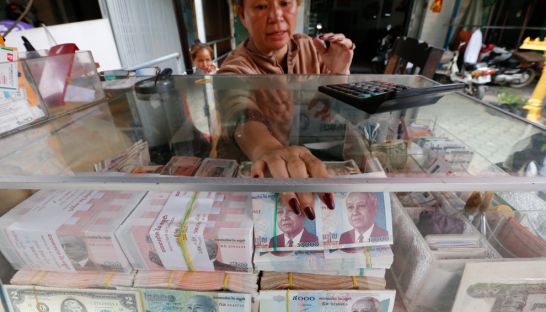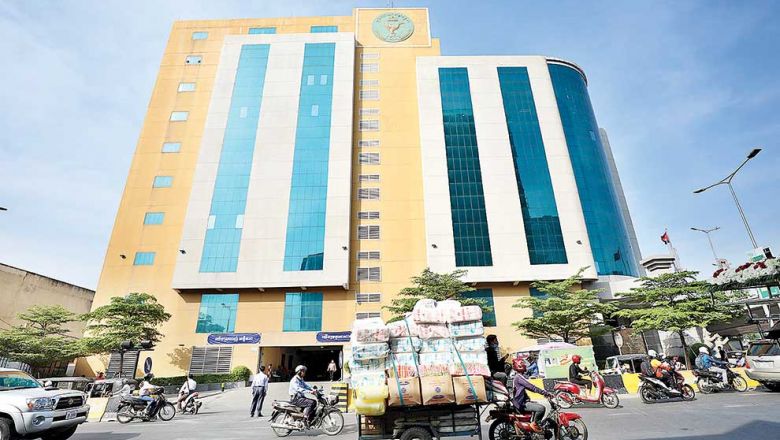Lenders foresee challenges in raising the local currency ratio
Lenders foresee challenges in raising the local currency ratio
Commercial lenders have said the central bank’s requirement that banks and microfinance institutions (MFIs) increase the share of local currency in their loan portfolio to at least 10 percent by the end of 2019 could prove challenging to implement as their biggest clients exhibit a strong preference for deposits and loans in foreign currencies.

The National Bank of Cambodia (NBC) on Monday affirmed it was committed to implementing a prakas issued last December that instructed all banks and MFIs to hold a minimum 10 percent of their loan portfolio in Cambodian riel. The prakas gives commercial lenders until the end of 2019 to comply with its 10 percent threshold, which aims at promoting the use of the national currency.
“This deadline should not be pushed back because if we do it now we’ll see people pushing for another postponement [as the deadline approaches],” NBC Director-General Chea Serey said during a meeting with local banking industry representatives.
Lim Loong Seng, managing director of RHB Indochina Bank in Cambodia, said while he supports the central bank’s effort to support the riel, it could prove extremely challenging to implement in such a short timeframe. He said currently, only about 2 percent of the banking sector’s loan portfolio was denominated in riel, with Acleda Bank and MFIs accounting from almost the entire total of these local currency loans
.
“From our internal research we know that it will be a huge challenge to meet the 10 percent minimum on loan portfolios by 2019, which gives us just two years,” he said, adding that while his bank will work to comply with the prakas the NBC should provide a longer grace period.
Lim explained that if current projections hold true the total loan portfolio of Cambodian banks and MFIs will exceed $25 billion by 2019, requiring at least $2.5 billion worth of loans to be issued in Cambodian riel. He questioned whether there would even be close to enough riel deposits available to cover these loans.
Cynthia Liaw, CEO of Maybank Cambodia, also expressed concern about meeting the NBC’s deadline, noting that the bank was essentially starting from scratch.
“It is very tough for us because we have no deposits or loans [in Cambodian riel] yet, though we want to try our best to comply and to get our customers to support this national agenda.”
Liaw said Maybank in August launched its first-ever deposit account for Cambodian riel deposits. The bank recently began encouraging its customers to accept loans in riel and has urged people to convert a portion of their home loans into the local currency.
“We hope that we will be able to achieve the objective of getting everyone to embrace using local currency,” she said, adding that Maybank would ask the NBC to extend its deadline and would instead focus on promoting greater use of riel in banking.
NBC officials have also asked banks and MFIs to submit periodic progress reports.
“Recently, we required all financial institutions to submit their action plan to tell us what are they up to and outline their future plan for fulfilling the Cambodian riel requirement of their loan portfolio,” she said.
Serey insisted that local lending institutions still have ample time to meet their obligations, adding that the threshold requirement could encourage more cooperation between banks and MFIs.
“We acknowledge that some banks are having difficulty, but that does not mean they cannot do it because there is a big demand for riel for microfinance lending to people in rural areas, so [banks] can find ways to cooperate with those MFIs.”














